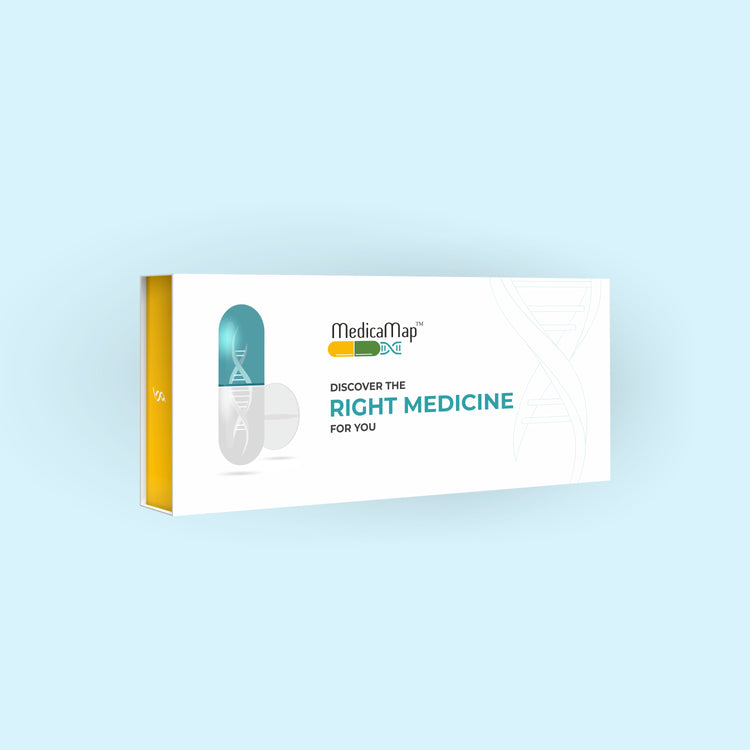UGT1A1 : UDP glucuronosyltransferase family 1 member A1
The UGT1A1 Gene: A Key Player in Drug Metabolism and Bilirubin Processing
The UGT1A1 gene provides instructions for creating an enzyme called UDP-glucuronosyltransferase. This enzyme plays a vital role in our body‘s detoxification processes. It works by attaching a molecule called glucuronic acid to various substances, including drugs, toxins, and bilirubin (a breakdown product of red blood cells). This process, known as glucuronidation, makes these substances more water-soluble, allowing them to be efficiently eliminated from the body through urine and bile.
Bilirubin Processing: A Crucial Function
One of the most critical functions of the UGT1A1 enzyme is the processing of bilirubin. When red blood cells reach the end of their lifespan, they are broken down, releasing bilirubin. In its unconjugated form, bilirubin is toxic. The UGT1A1 enzyme converts this toxic form into conjugated bilirubin, which is water-soluble and can be safely excreted from the body in bile.
The Impact of UGT1A1 Gene Variations
Variations in the UGT1A1 gene can significantly impact the enzyme‘s activity. Some individuals may inherit variations that lead to:
- Reduced Enzyme Activity: Decreased enzyme activity can impair the body‘s ability to process bilirubin, leading to a buildup of bilirubin in the blood (hyperbilirubinemia). This can cause jaundice (yellowing of the skin and eyes) and other health problems.
- Altered Drug Metabolism: Variations in UGT1A1 can also affect how the body processes certain medications. Reduced enzyme activity can increase the levels of some drugs in the bloodstream, potentially leading to increased side effects or toxicity. Conversely, increased enzyme activity can lead to faster drug breakdown, potentially reducing the effectiveness of the medication.
UGT1A1 and Pharmacogenomics
The field of pharmacogenomics focuses on how an individual‘s genetic makeup influences their response to medications. The UGT1A1 gene is a key player in this field:
-
Drug Interactions:
- Irinotecan: This chemotherapy drug is metabolized by UGT1A1. Individuals with reduced UGT1A1 activity may experience increased side effects from irinotecan, such as severe diarrhea and low blood cell counts.
- Other Medications: UGT1A1 also plays a role in the metabolism of other medications, including certain antibiotics, antiviral drugs, and hormone therapies.
-
Personalized Medicine: By analyzing an individual‘s UGT1A1 gene, healthcare providers can:
- Adjust medication dosages: To minimize the risk of side effects and optimize treatment effectiveness.
- Select alternative medications: If necessary, to avoid potential drug interactions.
UGT1A1 and Associated Diseases
Variations in the UGT1A1 gene have been linked to several conditions, including:
- Gilbert Syndrome: A common, usually mild condition characterized by mild jaundice.
- Crigler-Najjar Syndrome: A rare and more severe condition characterized by high levels of bilirubin in the blood.
- Hyperbilirubinemia: Elevated levels of bilirubin in the blood.
Conclusion
The UGT1A1 gene plays a critical role in detoxification and drug metabolism. Understanding the impact of genetic variations in this gene can significantly improve patient care by enabling personalized medicine approaches that optimize drug therapy and minimize the risk of adverse reactions.
Disclaimer:
- This information is for general knowledge and informational purposes only and does not constitute medical advice.
- Consult with a qualified healthcare professional for 1 any health concerns or before making any decisions regarding your health or treatment.


